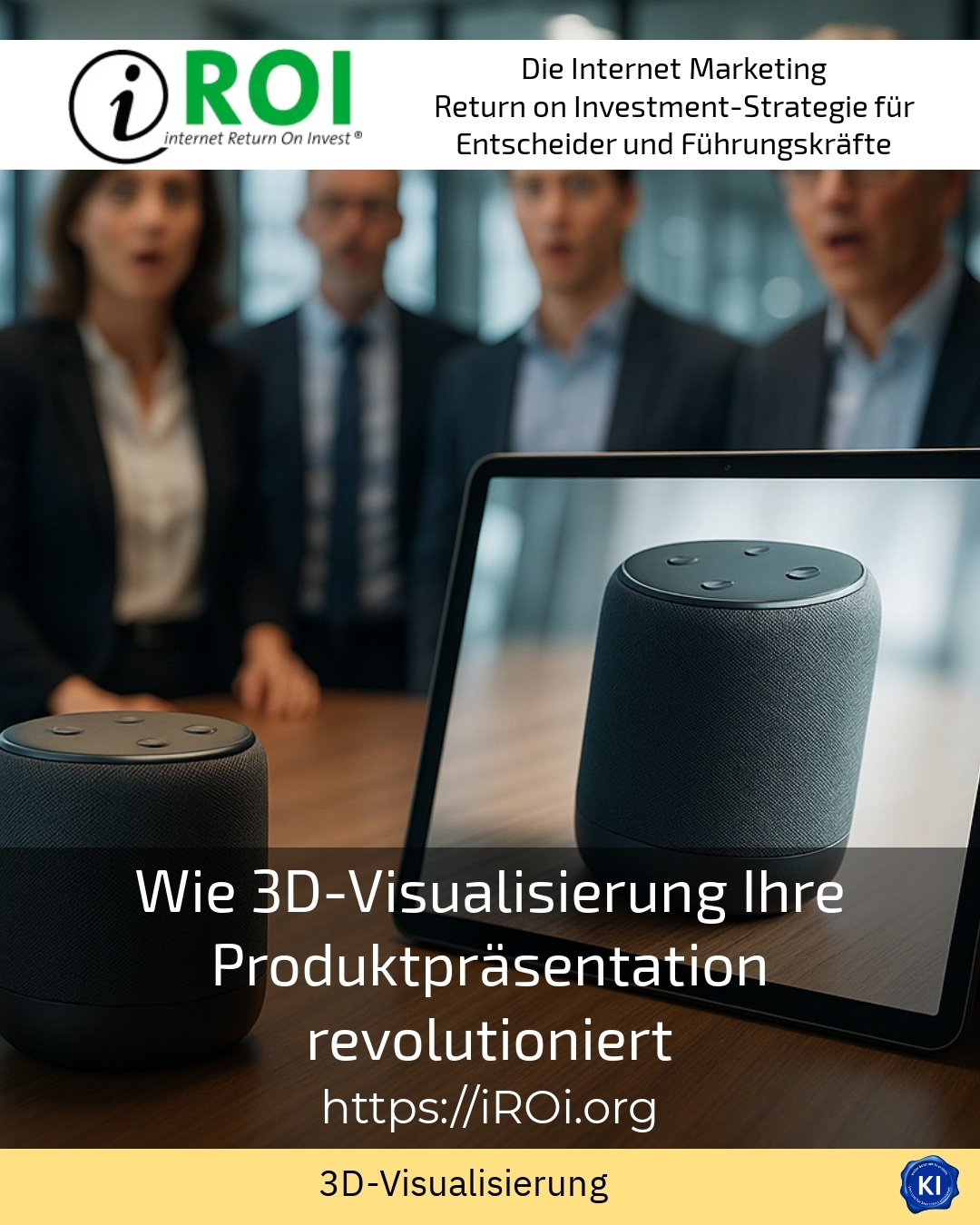3D visualisation is changing the way products are presented. It enables realistic visualisation that goes far beyond classic photos. With 3D visualisation, products can be shown from all angles, functions can be experienced interactively and variants can be exchanged quickly. Many companies use this technology to present their products even more convincingly and inspire customers directly. For complex or technical products in particular, 3D visualisation helps to convey details clearly and comprehensibly.
Flexibility and a wide range of variants
With 3D visualisation, companies can quickly create different product variants. Colours, materials or features can be displayed digitally without having to build physical models. For example, a furniture manufacturer can show different fabrics and colours of a sofa. A technology company presents different versions of an appliance. In the automotive sector, vehicles can also be experienced virtually with customised configurations.
This flexibility saves time and resources. Changes are implemented quickly, without expensive new productions. Customers can get directly involved in the design and coordinate their wishes digitally. This promotes customer satisfaction and speeds up the decision-making process.
Practical examples from the field
A manufacturer of LED lights uses 3D visualisation to show different light colours and designs. The animations illustrate the functions and app control. Another example is a manufacturer of medical devices that uses precise 3D animations to explain complex technologies. Customers understand the benefits immediately and can make better decisions.
3D visualisation is also used for architectural products such as windows and doors. Energy efficiency and design features are visualised here. Customers can see how the product looks in their surroundings and what advantages it offers.
Cost efficiency and time savings
3D visualisation saves costs and speeds up product development. Instead of building expensive prototypes, products are tested and optimised digitally. Changes are quickly implemented without the need for costly new productions. This shortens the time to market and reduces overall costs.
Time-consuming shoots are also no longer necessary for product photos. 3D visualisation delivers reproducible results in consistent quality. This is a major advantage, especially for large product series or frequent updates.
Examples of cost savings
A company in the industrial technology sector uses 3D visualisation to present various machine configurations. Development costs were significantly reduced because physical prototypes were no longer necessary. Customers were able to digitally configure and customise the products directly.
Another example is a manufacturer of electronic products. Here, new devices are already presented digitally in the concept phase. This enables early communication with customers and investors. Logistical challenges such as transport or setting up real samples are completely eliminated.
Improved communication and customer loyalty
3D visualisation brings products to life and makes them easy to understand. Customers can view digital models from different perspectives, configure them or even experience them interactively. This promotes the understanding and attractiveness of the products.
3D visualisation is a great advantage, especially for products that require a lot of explanation. Customers can see how the product works and what advantages it offers. This creates trust and credibility.
Interactive experiences and augmented reality
Some companies offer interactive 3D models on their website. Customers can explore products from different angles and test functions in real time. Others integrate augmented reality so that customers can see products in their real environment.
One example is a manufacturer of outdoor carpets. Here, 3D environments of minimalist outdoor spaces are created. Customers can see how the carpet looks in their surroundings and what advantages it offers.
Another example is a manufacturer of medical devices. Here, complex technologies are explained using precise 3D animations. Customers understand the benefits immediately and can make better decisions.
My analysis
3D visualisation is revolutionising the way products are presented. It combines flexibility, efficiency and an emotional appeal that significantly improves the customer experience. Companies from a wide range of industries report increased customer interaction and shorter development times. In particular, the ability to show products in detail and realistically before production brings competitive advantages.
Further links from the text above:
How 3D visualisation revolutionises your product presentation
30 great 3D product presentation & visualisation videos
Why 3D visualisation is a must for product presentations
3D product visualisation - advantages, areas of application & examples
3D product visualisation - examples, costs & advantages
For more information and if you have any questions, please contact Contact us or read more blog posts on the topic internet Return on Investment - Marketing here.
















